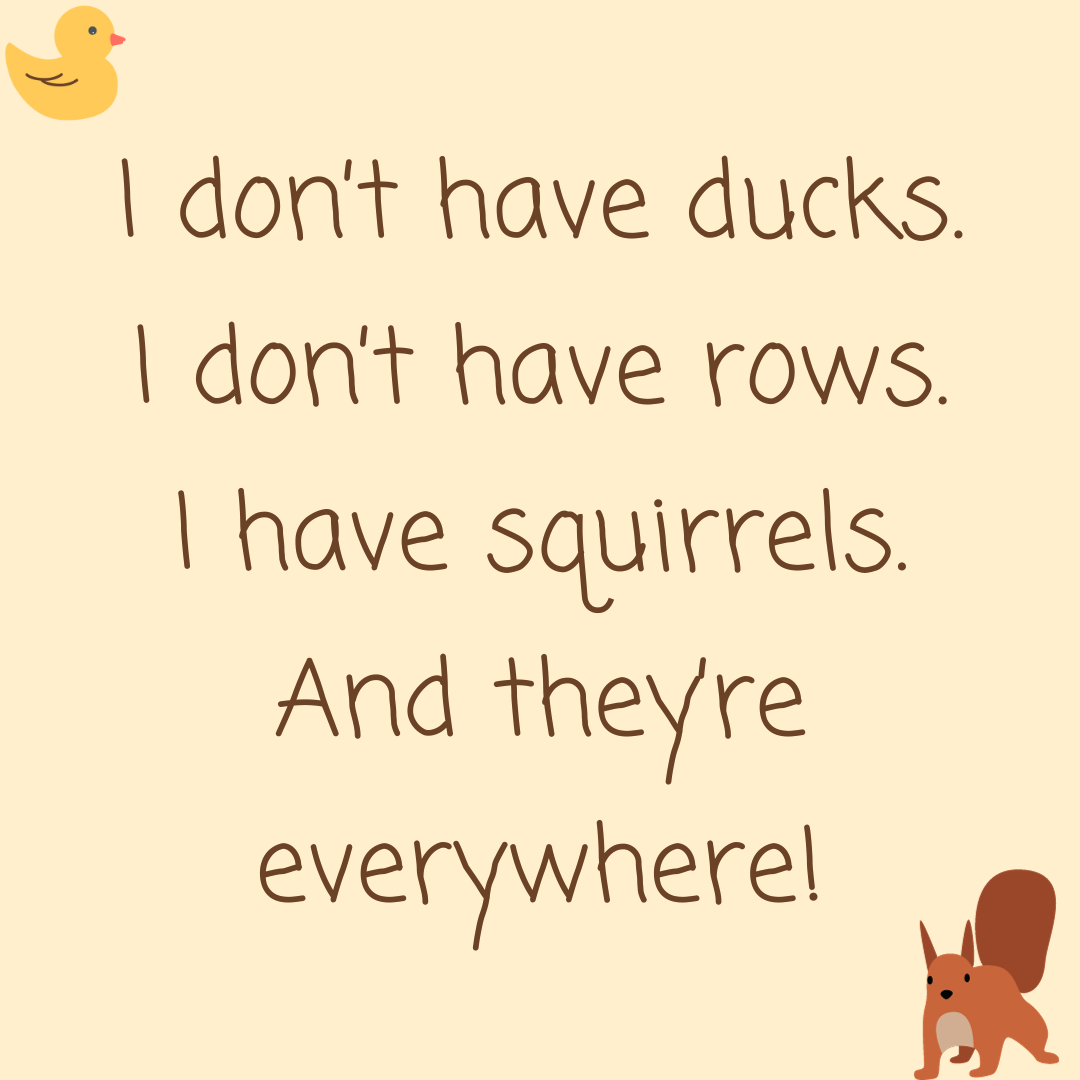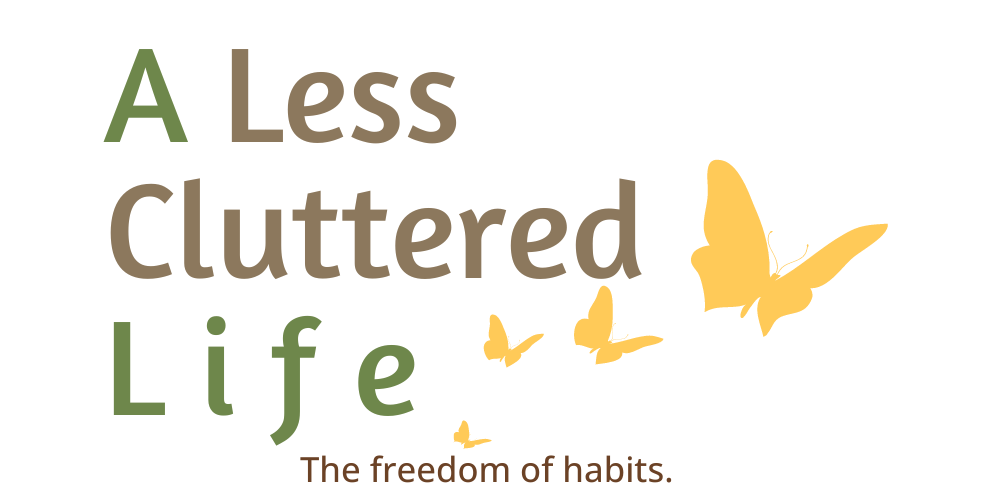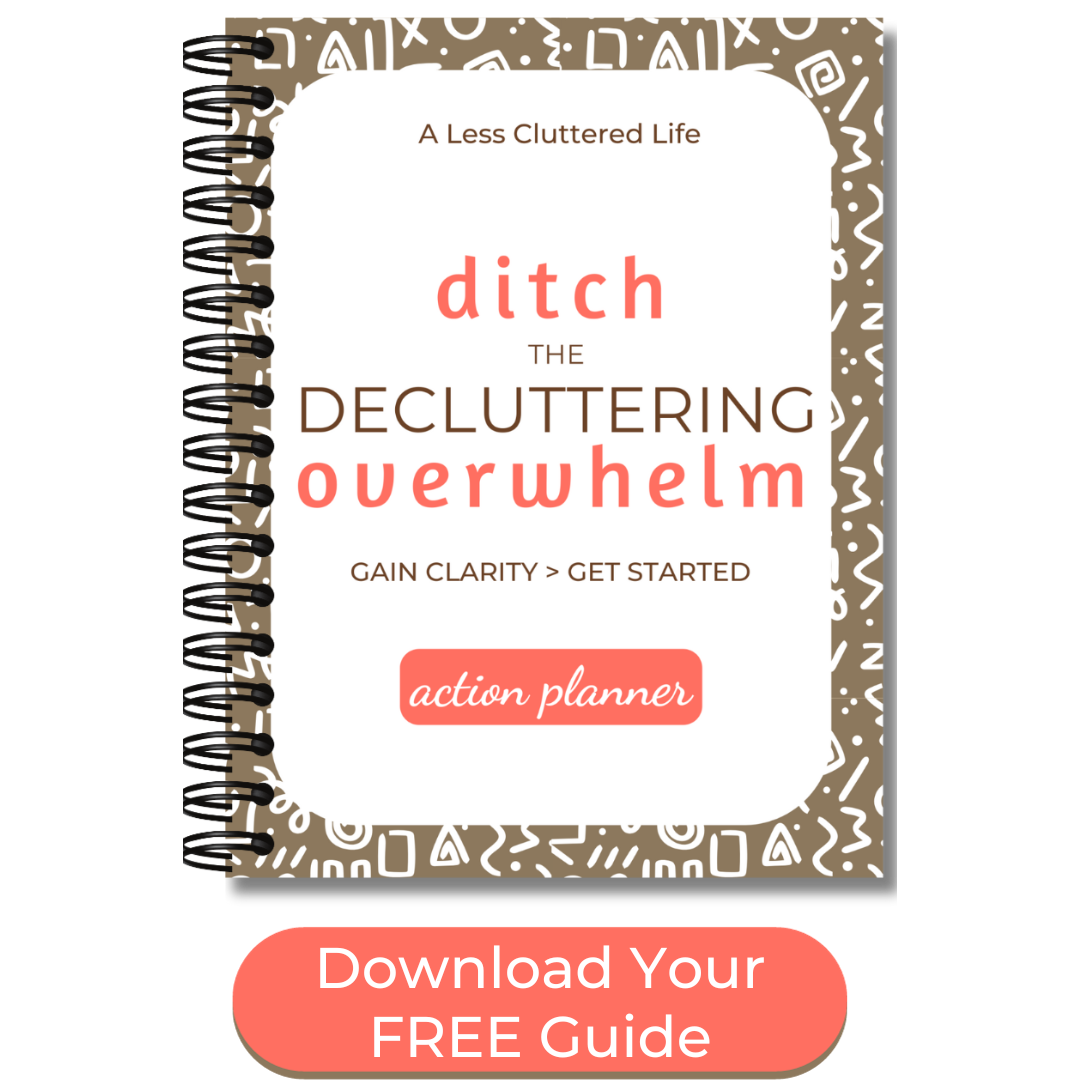|
When you’ve decided to declutter your home, should you plan to put in a lot of effort to organize your home as quickly as possible … or should you take your time? Here’s the pros and cons to both approaches. Maybe you’ll be hosting a family gathering at your home … or a family member is moving back home for the next year … or you realize that retirement is on the horizon, and you’d like to downsize. It doesn’t really matter what thought or event causes you to look around your home with a critical eye. But one day you were fine with things being the way they’ve been … and then suddenly you’re wondering where all this stuff came from. It’s time to declutter, but how? Should you block out hours of time and clear the clutter as quickly as possible or should you plan to make progress at a slower, more consistent rate? There’s no one-size-fits-all-situations-and-people decluttering process, so let’s look at some determining factors so you can create the most doable plan for you. Is There a Deadline Associated with Decluttering Your Home?I’m not talking about an arbitrary date you’ve set as “motivation.” Instead, are you hosting a party? A guest? Putting your house on the market? The date on your calendar is clear and it’s unlikely to change. In this case, consider which rooms or areas in your home need to be organized by that date. If your daughter is moving back home with her toddler and you’ve promised her two bedrooms that have devolved into storage spaces, then those two rooms are your goal. You may feel embarrassed by your cluttered kitchen (and your daughter will be using this space, as well), but your priority is to empty those two bedrooms, so your daughter has space for her possessions. When is she moving in? If it’s in a month, you have approximately two weeks to devote to each room. On the other hand, if you’re hosting your son’s graduation party eight months from now, you have more time, but you may also want to give attention to most of the rooms in your home. If You Don’t Have a Set Deadline for Decluttering, Should You Give Yourself One?If you’re someone who thrives on deadlines, even those you’ve randomly set, then go for it, set a deadline. We’ll talk about some additional factors up ahead in other sections that can help you guesstimate how much time you’ll need to achieve your goal. However, if an arbitrary deadline isn’t going to encourage you to work any faster, don’t bother with setting one. Chances are that if you don’t stick to your schedule, you’ll get discouraged. Even though the deadline was one you made up, you may still feel frustrated if you miss it. Feeling discouraged is great for encouraging you to give up. You may end up a bit defensive and complain that decluttering is too time-consuming (and you have better things to do with your time). The Pros and Cons of Decluttering DeadlinesIf you have a meaningful deadline, it will help you stay on task. Of course, the further out the deadline (you’re retiring in eleven months), the less motivating it may be (“there’s plenty of time!”). Use the deadline to create room- or area-specific deadlines … for example, a room a month. Then, look at your calendar to see what else you have going on that month (work, vacations, events). The month chock-full of activities is probably not the best one for, say, decluttering your kitchen, but it may work for decluttering a bathroom. So, a firm deadline gives you a better sense of how you’ll need to fit decluttering into your life. However, a deadline can also make you feel more stressed. (which is why I think you should give yourself a pass on setting an arbitrary deadline simply for the purpose of inciting stress). Also, this type of forced decluttering likely won’t lead to lasting results. Your brain is working with the frantic chant of “go, go, go.” You’re decluttering for the sake of decluttering. Then, the event comes and so and your brain is thinking, “thank goodness that’s over,” and things go back to normal. Down the road, you’re thinking wistfully of that event and how it forced you to get organized … as you look at the clutter that has sneaked its way back onto your surfaces. Do You Have the Time to Declutter?Of course, a true deadline can force you to make dramatic changes to your schedule so to get things done. But otherwise, your days are already filled with a variety of activities. Usually, when someone says they don’t have the time to declutter, what they mean is that they can’t block off most or all of a day (weekend, week) and devote it to decluttering. Decluttering for hours during a day is not only a large time commitment, but it also requires a lot of physical and mental effort. Making multiple choices can lead to decision fatigue, which is what it sounds like. The more decisions you make (and decluttering is all about decision-making) the more challenging it becomes to make a decision. That means that you may end up keeping things that you’ll never use or look at again … or you’ll get rid of things for the sake of decluttering. Also, if you plan to declutter your bedroom in six hours but you don’t finish, you may feel like you failed. (That arbitrary deadline!) Can You Make Progress with Briefer Decluttering Sessions?Yes. Obviously, they won’t be as dramatic a result as you’d get if you devoted twelve hours of your weekend to decluttering. However, how many weekends can you realistically devote to decluttering for hours on end? Are you any better off doing this than working on smaller, 20-to-30-minute projects each day of the month … and racking up just as much time as you did during that punishing amount of effort on one weekend? The Pros and Cons of Mega Versus Mini Decluttering SessionsIf you have the time, physical strength and energy, and ability to focus on a task, then hours-long decluttering sessions may work for you. But look at your calendar and determine when and how often you can do this type of decluttering. Are you willing to put these decluttering events in your calendar and commit to this activity? If you’re thinking that you’ll just keep your eyes open for a block of free hours, consider if you’re really interested in decluttering. You might “find” the time to declutter a closet or small area, but you’ll make it harder on yourself to see progress. On the other hand, mini decluttering sessions may seem like one more thing to add to your already busy days. If thirty minutes seems undoable, how about 20 minutes? Fifteen? Ten? Five? While you won’t get a lot of work done in five, you’ll work in a more consistent way. Yeah, I know, consistency doesn’t sound particularly sexy or bad ass. However, you may declutter for a roll-your-eyes-small amount of time for three days in a row, then do a 20-minute session. Consistent mini decluttering sessions mean that you’ll look at your schedule in a different way. Instead of scrolling through social media feeds for the third time in a day, you’ll declutter the contents of a drawer. And, yes, you have the flexibility to declutter for four hours one day and then 5-or-10-minutes a day for the next two weeks. Mega Decluttering Forces You to Acknowledge What You OwnOne of the keystones of mega decluttering is that you pull everything out of a space, group similar items together, and face what you own. The clothing you have stored in a few closets and your dresser gets heaped onto your bed. You suddenly see how many white blouses you own. Or you empty your kitchen cabinets and marvel at the 27 mugs you discover tucked onto numerous shelves. Or you gather your office supplies together and realize you’ve bought six boxes of pens because you could never find a good pen when you needed one. This type of decluttering is a major commitment. Once your clothing is piled on your bed, you need to go through all of it before you can use your bed. If you want to cook dinner, the contents of your kitchen cabinets need to get put away (or put in a donation box) to free up your counters. However, this method does put you face-to-face with your possessions, particularly if you normally store similar items in multiple spaces around your home or you’re in the habit of tucking items wherever you find the space to store them. Mini Decluttering Allows You Multiple Passes Through Groups of ItemsWith mini decluttering sessions (under 30 minutes), you’ll sort through the contents of a drawer or cabinet without comparing the contents to other drawers or cabinets which may contain similar items. This means that after organizing your mug shelf, you may find additional mugs tucked here-and-there about your kitchen. Or after sorting through your sweater drawer, you find other sweaters elsewhere that won’t fit into the drawer. You may end up sorting through groups of items a few times. If you aren’t feeling particularly confident about decluttering, these additional viewings of your items, can help you feel that you are making choices that you’re happy about without the overwhelm of deciding which sweaters (or mugs or cookbooks) you’ll keep and which you’ll get rid of. However, this doesn’t mean that you have to empty the contents of a recently organized space to decide how a newly discovered item fits (or doesn’t) compared to what you’ve previously chosen to keep. You can look at the item in your hand and ask if you like it more than something you’ve already decided to keep. The Pros and Cons of Sorting Through Everything in a Category All at OnceThere’s nothing saying that you need to stick to one method for every grouping of items in your home. You may decide that you want to sort through all your clothing together, but that when it comes to your papers, you’d rather focus on one file at a time instead of trying to sort all your papers in a mega decluttering session. Recap of Mega Versus Mini DeclutteringIf you have the time, energy, and focus to give to decluttering, multi-hour, mega sessions may work for you. And if you have a firm deadline on the horizon, you may have no other options. Actual deadlines will help you to prioritize decluttering whereas arbitrary deadlines may leave you feeling defeated if you can’t meet them. Consider how much time you can give to decluttering. While smaller, consistent sessions don’t lead to fast, dramatic changes, they will set you up for lasting changes. If you aren’t clear on what you own because you store groups of similar items in multiple locations, then planning for a multiple-hour session that allows you to gather items together and sort them so you can compare them may be the route for you. However, mini decluttering sessions allow you to look at a group on multiple occasions, so you feel more confident about the decisions you’ve made. ConclusionWhether you get involved in day-long decluttering sessions or do a bit of decluttering here and there, you want to make certain that you aren’t leaving yourself feeling frustrated and defeated because you can’t meet an unrealistic goal.
Decluttering allows you to make the rooms in your home function better so they can support the activities, relationships, and events that are important to you. What amount of time and effort are those results worth?
0 Comments
|
Categories
All
Hi, I'm SusanI'm a former teacher who became a professional organizer (and not because I'm a natural-born neatnik). I live with my husband and fluffy cat on a river in Massachusetts. I crochet, make handmade cards, and love reading young adult novels. Learn more about my decluttering journey here. |
|
Copyright 2024 Susan McCarthy - Susan@ALessClutteredLife.com -
Privacy Policies |
Proudly powered by Weebly

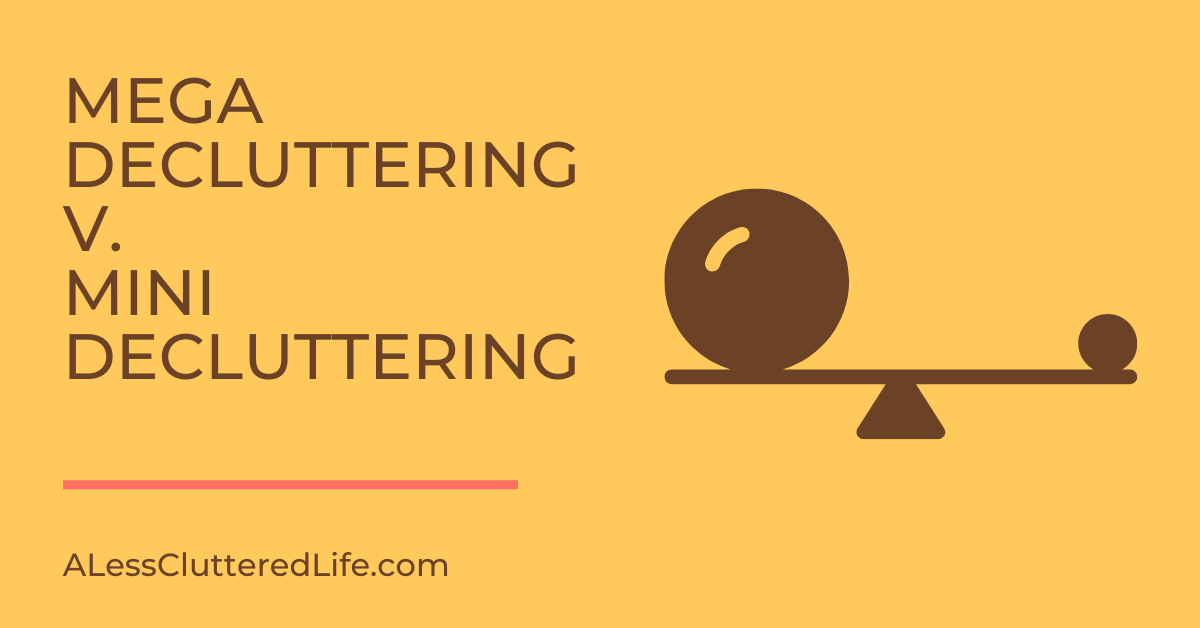
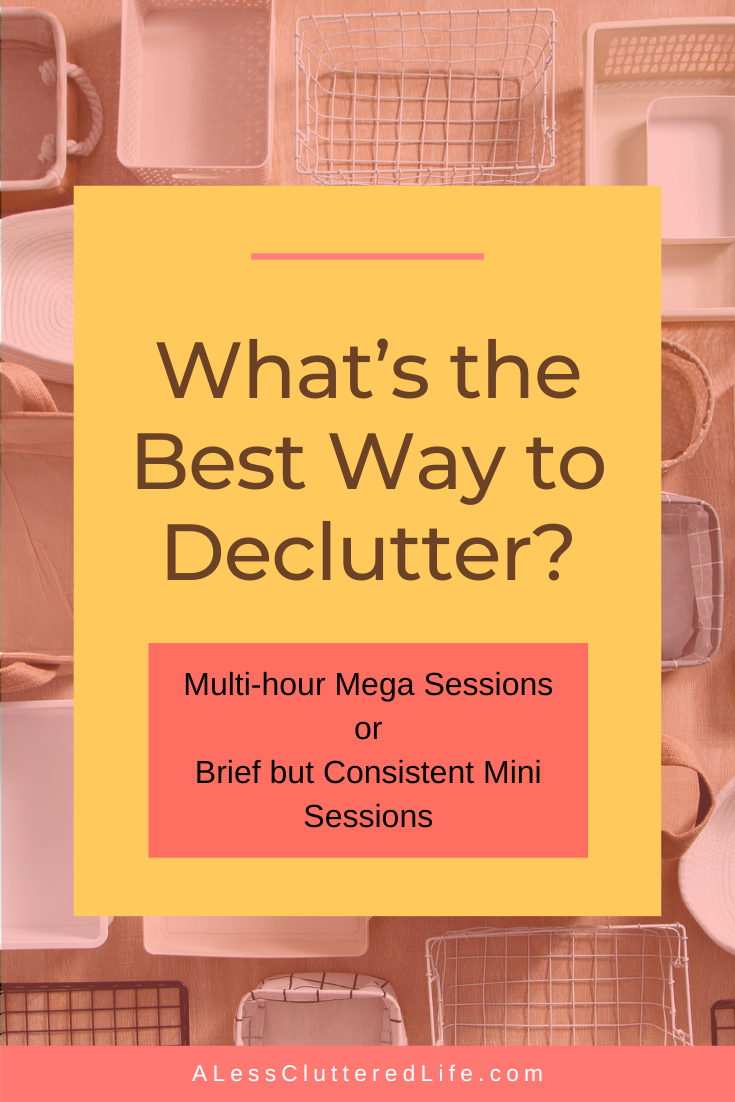
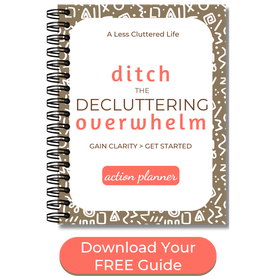

 RSS Feed
RSS Feed
